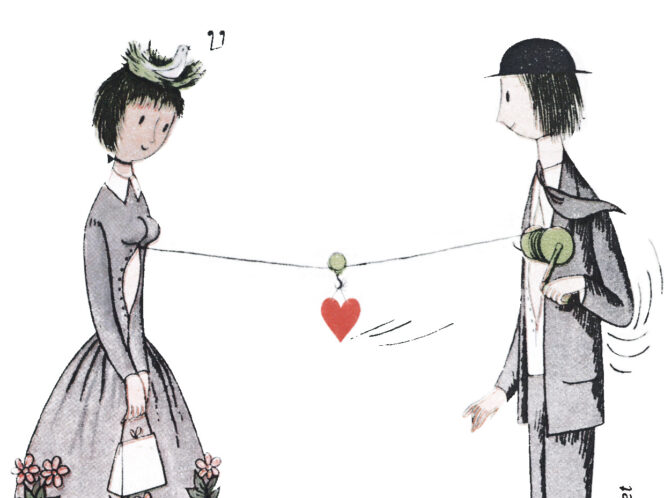
The editors at “Przekrój” asked their most treasured artist, Virginia Woolf – who has been dead for a while – about her favourite work of art. Luckily, the author of the website Nowe wiersze sławnych poetów (New Verse by Once-Famous Poets) was around to help in establishing spiritual contact with the writer.
Virginia Woolf lived among male and female painters – in fact in an almost literal sense, when you think about how much time she used to spend in Charleston at the house of her sister, painter Vanessa Bell, and her sister’s husband, art theorist Clive Bell. It was also where painter Duncan Grant, painter Dora Carrington, and critic and painter Roger Fry often (or pretty much all the time) stayed. Woolf herself wrote essays about painting (much more frequently than about literature). Whenever she came to Charleston for a visit, she had many opportunities to observe someone working on a painting or a sculpture. So she must have had many favourite works of art that do exist, but I wanted to write about her favourite one that doesn’t exist. Or rather, it only exists in the novel To the Lighthouse.
The book describes the Ramsay family and








